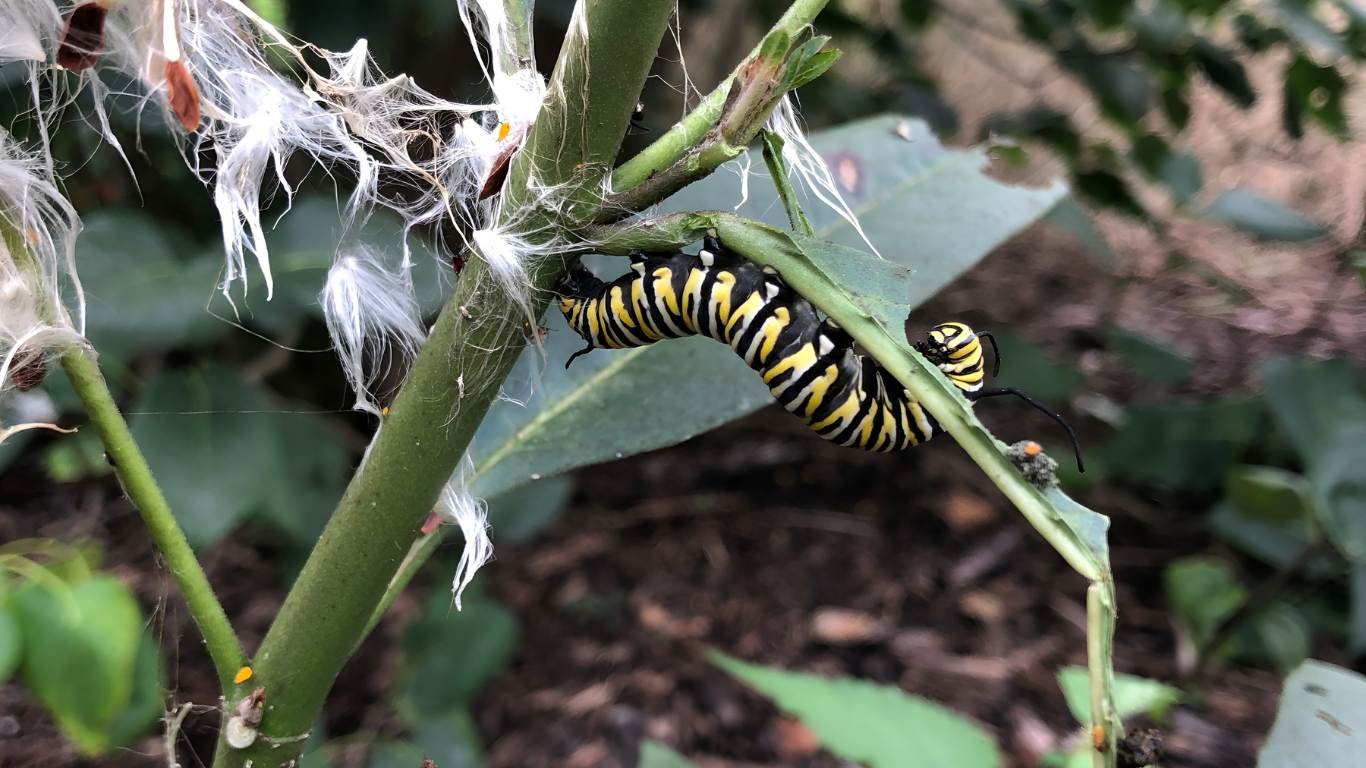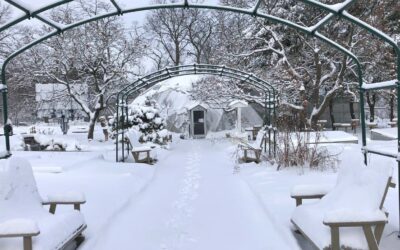Around the Grounds with Bennett O Dowling, 577 Landscape Garden Horticulturist
When thinking of pollinator plants, one’s mind flutters toward the colorful blooms of coneflowers and goldenrod, liatris and bee balm. It is easy to see the butterflies and bees foraging among the flowers. However, what is often forgotten is the importance of larval host plants, species that sustain the lesser observed stage of pollinators, larvae. This is because many pollinator species, especially the Lepidoptera (moths and butterflies), can only survive on plant species with which their evolution has intertwined.
Think of the well-known relationship between monarch butterflies and plants in the Asclepias genus, such as milkweed and butterfly weed. However, there are many plant species that sustain countless pollinators despite lacking the bright flowers we imagine associated with pollinators.



These are plants that we would never think of, such as oaks and willows, which act as host plants to hundreds of Lepidoptera species. Or consider the native spicebush (Lindera benzoin) and dutchman’s pipe vine (Aristolochia tomentosa), both of which act as larval host plants for swallowtail butterflies. The same goes for the airy fronds of fennel and dill or the succulent foliage of parsley, two invaluable larval host plants in our herb gardens.



Here at 577, the plant selection process largely revolves around species that sustain natural communities. For this reason, we often utilize native plant species because of the natural relationships they represent. However, utilizing larval host plants is only a small component of creating a healthy pollinator environment. We also manage the gardens in ways that sustain local pollinators, such as avoiding pesticides, creating multi-layered plant communities, allowing leaf litter to act as mulch, and creating log and debris piles.



When selecting plants for your garden, consider the importance of these often-overlooked species because a robust pollinator population requires a healthy larval environment. Remember that nurturing pollinators goes beyond beautiful blooms. Embrace the often-overlooked larval host plants and sustainable gardening practices to create a thriving, interconnected habitat for the entire pollinator lifecycle. By doing so, you not only enrich your garden but also contribute to the broader health of our natural ecosystems, ensuring a future where both plants and pollinators flourish together.






